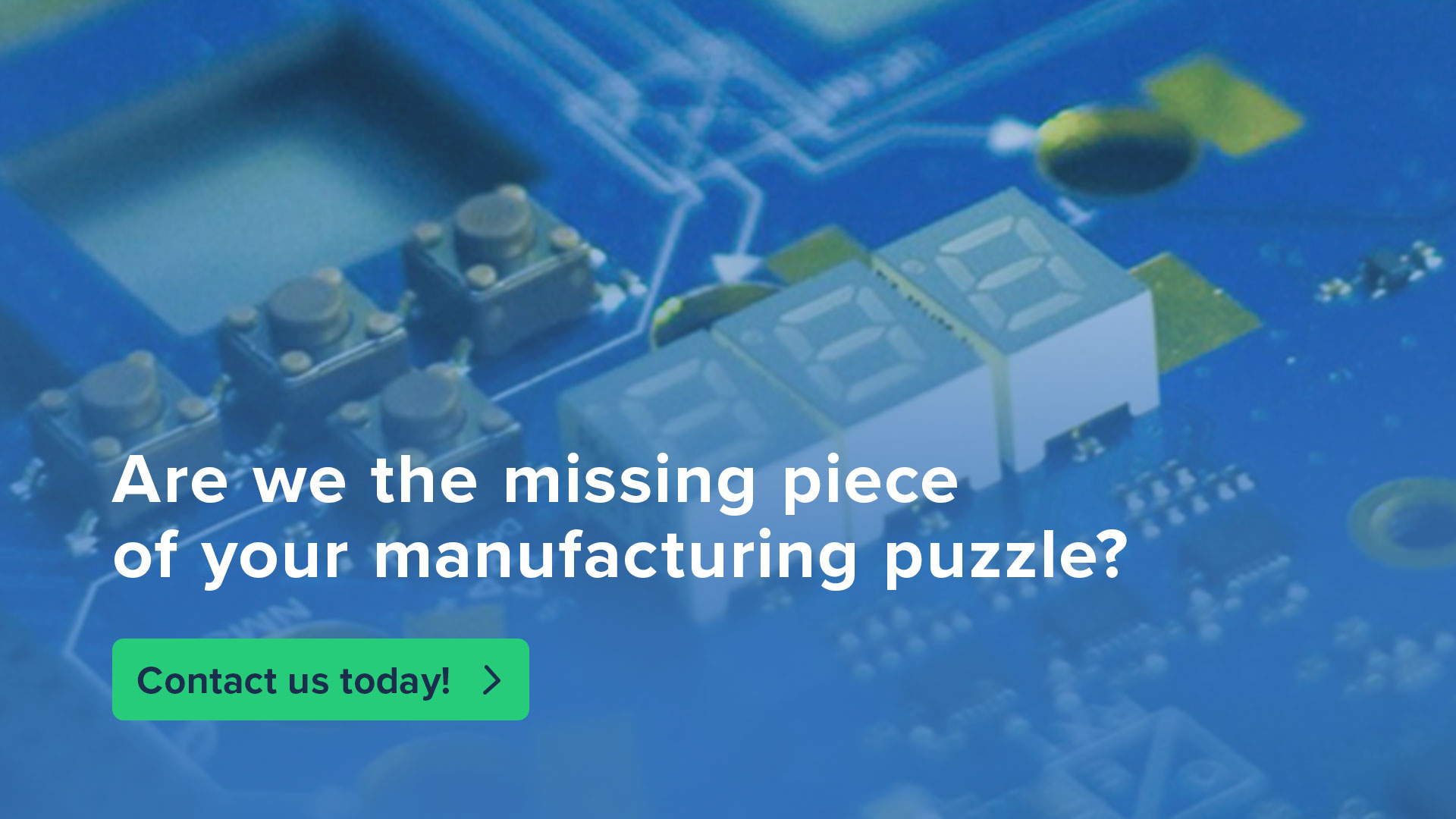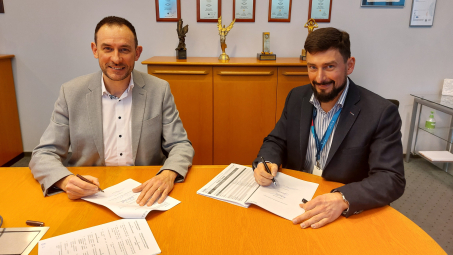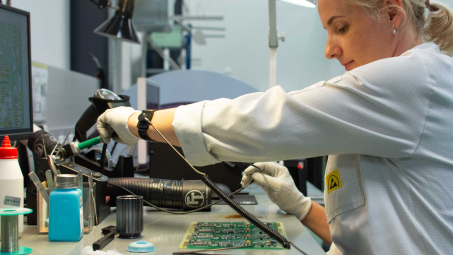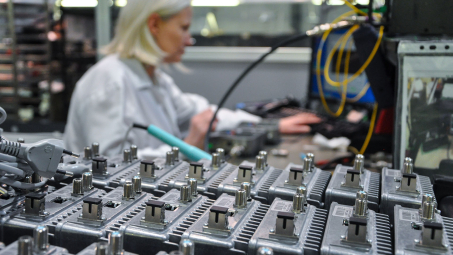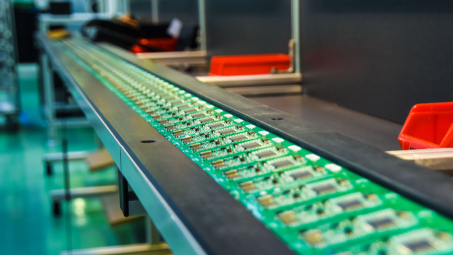Successful rapid prototyping for big data devices
Data is becoming the new currency and its transfer from point A to point B should be performed in an effective (cost, speed, size) and above all secure manner. This case study presents how we designed and developed a prototype device that processes data in the cloud.
Challenge
We live in a connected world – a world where things we could never have imagined or have seen only on TV are becoming a reality. Machines are automating more and more aspects of our lives – they help us see patterns we’re not able to, control key areas of our businesses, and even anticipate our future behavior based on our preferences. This wouldn’t be possible without a huge amount of data. Data is becoming the new currency and its transfer from point A to point B should be performed in an effective (cost, speed, size) and above all secure manner. In order to meet the specific requirements of a range of projects, different transmission standards have recently been created and customers can easily choose from a wide range of available technologies.
In spite of the development of these transmission technologies, we’re still facing old problems: coverage needs to be ensured in hard-to-reach places such as basements or underground carparks. Even the best solution fails if it’s not able to provide access to end devices. Our customer (a software-based company) decided to turn this problem into an opportunity and create a product which can extend the existing coverage range in an efficient and cost-optimized manner.
Engineering concept
Because SigFox was quite a relatively new technology on the market, we started with a study in order to understand how it works, what performance we should expect, and what possible problems we might encounter that could prevent us from finishing the project. Additionally, the customer had some restrictions regarding the key components because it wanted to leverage knowledge and experience gained from previous projects.
Taking into account all of these assumptions and the goals to be achieved, we started with extended feasibility studies: we prepared an internal architecture proposal, a plan of how we wanted to develop it, and identified and clearly defined the hidden risks. A few intense and very productive workshops later, we came to the joint conclusion that it was worth (both from a business and a technical point of view) starting product development. The plane took off!
Because flexibility was the main project requirement, we decided to use easy-to-configure, option-rich components such as FPGAs and the newest SDR solution. Such an approach allowed us to address many different business cases and mitigate possible risks that might have arisen later in the development stages. It was a huge challenge, especially in terms of RF design, so we had to find a partner that could support us and complement the competences required for successful product development.
Effect
We designed and developed a prototype of a device that simultaneously receives hundreds of SigFox messages over the air that are later processed by FPGA and sent over IP to the cloud. This was possible thanks to the hundreds of thousands of lines of code we wrote and – above all – the great cooperation between the many parties involved in the project (internal hardware/software teams and external partners).
Because our customer expected large quantities of the final product (and outsourced manufacturing to Asia), during the whole project we kept in mind that the device should be designed accordingly for this purpose. This involved our sourcing department spending a huge amount of time on searching the market for components we could use with acceptable quality and lead times.
The customer received all the source files required to independently manufacture the prototypes and continue future development.
What we did
- advanced SigFox technology studies
- concept design
- electronic and mechanical design
- embedded software development (C++/C/python)
- RF simulations
- choosing and managing key partners
- preparation of all production files required to manufacture prototypes





